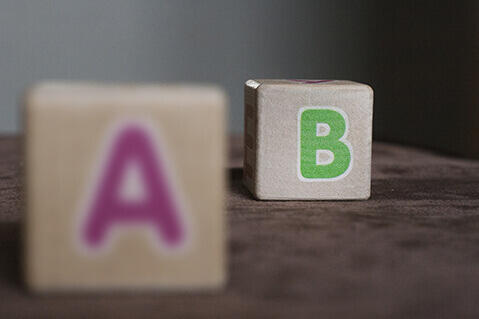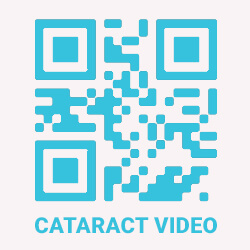Common Eye Conditions
Myopia & Hyperopia (nearsightedness & farsightedness)
Both Myopia (nearsightedness) and Hyperopia (farsightedness) are common eye conditions that mean light does not focus on the retina of the eye. Both conditions can be easily corrected using prescription glasses or contact lenses.
Myopia (nearsightedness)

Myopia is the term used to define nearsightedness. Light from a distant object forms an image before it reaches the retina. This could be because the eye is too long, or the cornea or crystalline lens is too strong.
A person with myopia has clear vision when looking at objects close to them, but distant objects will appear blurred.
Myopia is easily corrected by your local ophthalmologist using prescription glasses or contact lenses specifically designed to counteract the effect. A concave lens (minus powered) is placed in front of a myopic eye, moving the image back to the retina and clarifying the image.
Hypermetropia/Hyperopia (farsightedness)

Hypermetropia or hyperopia means long sight and is where the image of a nearby object is formed behind the retina. This could be because the eye is too short, or the cornea or crystalline lens does not retract the light enough.
A hypermetropic person may have blurred vision when looking at objects close to them, and clearer vision when looking at objects in the distance. By placing a convex (plus powered) lens in front of a hypermetropic eye, the image is moved forward correctly on the retina.
Presbyopia

Presbyopia is a condition in which the lens of the eye loses its ability to focus, making it difficult to see objects up close.
Causes
In the young eye, the lens needs to change its length or shape to focus on objects that are close. The ability of the lens to change shape is called the elasticity of the lens. This elasticity is slowly lost as people age. The result is a slow decrease in the ability of the eye to focus on nearby objects.
People usually notice the condition at around age 45, when they realize that they need to hold reading materials further away in order to focus on them. Presbyopia is a natural part of the aging process and it affects everyone.
Symptoms:
- Decreased focusing ability for near objects
- Eyestrain
- Headache
Exams and Test
The health care provider will perform a general eye examination, including measurements to determine a prescription for glasses or contact lenses.

